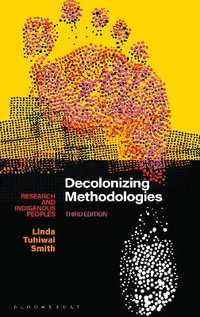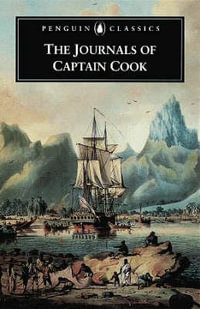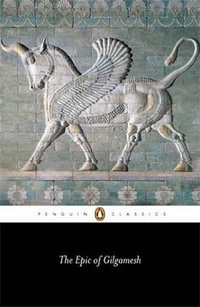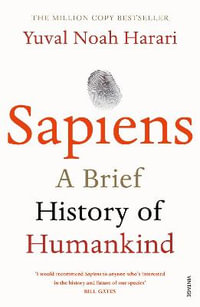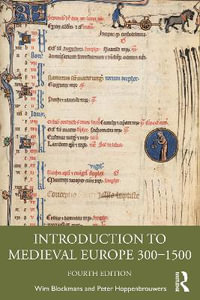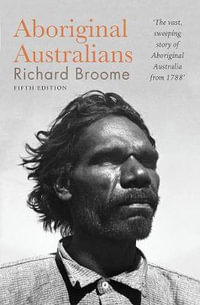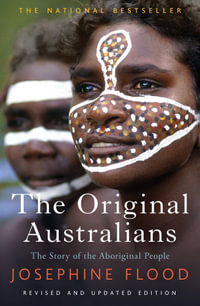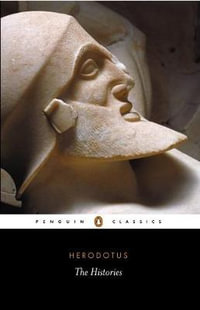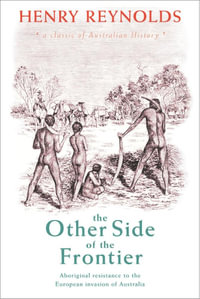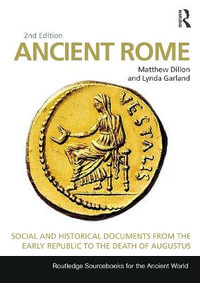| Illustrations | p. 8 |
| Acknowledgments | p. 11 |
| Method, Theory, and the Study of Religion | p. 13 |
| Introduction The Archaeology of Religion | p. 15 |
| Why Archaeology and Why Religion? | p. 15 |
| Ethics, Archaeology, and Religion | p. 17 |
| Cultures and their Beliefs in Worldwide Context | p. 19 |
| Anthropology and the Study of Religion | p. 21 |
| Defining Religion | p. 21 |
| Early Anthropology and the Origins of Religion | p. 23 |
| New Views in the Twentieth Century | p. 28 |
| Contemporary Anthropological Theories | p. 30 |
| Interpreting Religion in the Archaeological Past | p. 36 |
| Cosmology, Myth, and Ritual | p. 36 |
| Supernatural Beings and Religious Specialists | p. 40 |
| Method and Theory in the Archaeology of Religion | p. 45 |
| Interpreting Beliefs in Worldwide Context | p. 47 |
| Conclusion | p. 52 |
| The Emergence of Religion in Human Culture | p. 53 |
| The World of the Shaman | p. 55 |
| The Nature of the Shaman | p. 55 |
| The Shaman's Tools | p. 61 |
| Finding Shamans in the Archaeological Record | p. 62 |
| The First Spark of Religion: The Neanderthals | p. 68 |
| Human Evolution: Homo Erectus, Neanderthals, and Modern Humans | p. 68 |
| Who Were the Neanderthals? | p. 71 |
| Neanderthal Sites in Europe and Western Asia: Rituals in Caves? | p. 73 |
| Conclusion: Did the Neanderthals Really Have Religion? | p. 80 |
| Rock Art and Ritual in Africa and Australia | p. 81 |
| Cultures of the Kalahari | p. 81 |
| Southern African Rock Art | p. 85 |
| Religion and Rock Art in Australia | p. 88 |
| Stone Monuments, Rock Art, and Dreamtime | p. 94 |
| Engraved Rock Art | p. 99 |
| Painted Rock Art of North and Northwestern Australia | p. 102 |
| Conclusion | p. 105 |
| Religions in the Americas | p. 107 |
| The Mound-Building Cultures of North America | p. 109 |
| Foraging, Agriculture, and Trade | p. 110 |
| The Hopewell Culture | p. 112 |
| The Mississippian Culture | p. 116 |
| Conclusion | p. 122 |
| Puebloan Cultures of the American Southwest | p. 123 |
| The Hisatsinom (Anasazi)-Early Settlement | p. 124 |
| Chaco Canyon and Pueblo Bonito | p. 125 |
| Mesoamerica and the Religions of Empire | p. 135 |
| Prelude to the Aztecs | p. 135 |
| The Aztecs | p. 139 |
| Conclusion | p. 150 |
| Lords and Maidens: Religions of South America | p. 152 |
| An Early Andean Center: Chavin De Huántar | p. 152 |
| Precursor to the Inka: The Moche and the Nasca | p. 157 |
| A Patchwork of Andean Kingdoms | p. 164 |
| The Inka Empire | p. 165 |
| Conclusion | p. 172 |
| Religions in Europe | p. 173 |
| Upper Paleolithic and Neolithic Europe: From Cave to Village | p. 175 |
| Upper Paleolithic Cave Art | p. 176 |
| Female Figurines in the Upper Paleolithic | p. 179 |
| Neolithic Europe | p. 183 |
| Conclusion | p. 187 |
| Megaliths and Power in Ancient Western Europe | p. 189 |
| Pre-Megalithic Northwestern Europe | p. 189 |
| The Culture of Megaliths | p. 191 |
| The Long Barrow Builders | p. 199 |
| Why Build Megalithic Monuments? | p. 201 |
| Conclusion | p. 202 |
| Religions in South and Southeast Asia | p. 203 |
| From Harappans to Hinduism and Beyond: Religions in South Asia | p. 205 |
| South Asia Today | p. 205 |
| The Harappan Civilization | p. 209 |
| The End of Harappan Civilization and the Arrival of the Indo-Aryans | p. 218 |
| Harappans, Indo-Aryans, and the Rise of Hinduism | p. 219 |
| Classical-Period Hinduism and the Origins of Buddhism | p. 221 |
| From Hunter-Gatherer to Empire: Religions in Southeast Asia | p. 226 |
| Neolithic Hunter-Gatherers and Bronze Age Farmers | p. 226 |
| The Arrival of Hinduism and Buddhism in Southeast Asia | p. 231 |
| The Iron Age and the Rise of Empires | p. 232 |
| The Khmer Empire: Royal Religion and the Power of Kings | p. 235 |
| Religions in Africa and the Middle East | p. 243 |
| Religion and Empire in Egypt and Great Zimbabwe | p. 245 |
| Ancient Egypt | p. 245 |
| The Great Zimbabwe Kingdom | p. 260 |
| Ancient Sumer and Religions in Ancient Mesopotamia | p. 269 |
| Ancient Sumer and the Religion of Mesopotamia | p. 269 |
| The Akkadian Empire | p. 279 |
| Sumer, Akkad, and the Power of Religion | p. 281 |
| Levantine Religions and the Origins of Judaism | p. 282 |
| The First Patriarchs Emerge | p. 282 |
| Canaanite Religion and the Philistines | p. 289 |
| The First Israelite Empire | p. 292 |
| Conclusion | p. 297 |
| Revitalizing the People: The Origins of Christianity and Islam | p. 298 |
| The Roman Levant and the Origins of Christianity | p. 298 |
| Muhammad and the Origins of Islam | p. 308 |
| Conclusion | p. 312 |
| References | p. 315 |
| Index | p. 337 |
| About the Author | p. 352 |
| Table of Contents provided by Ingram. All Rights Reserved. |

